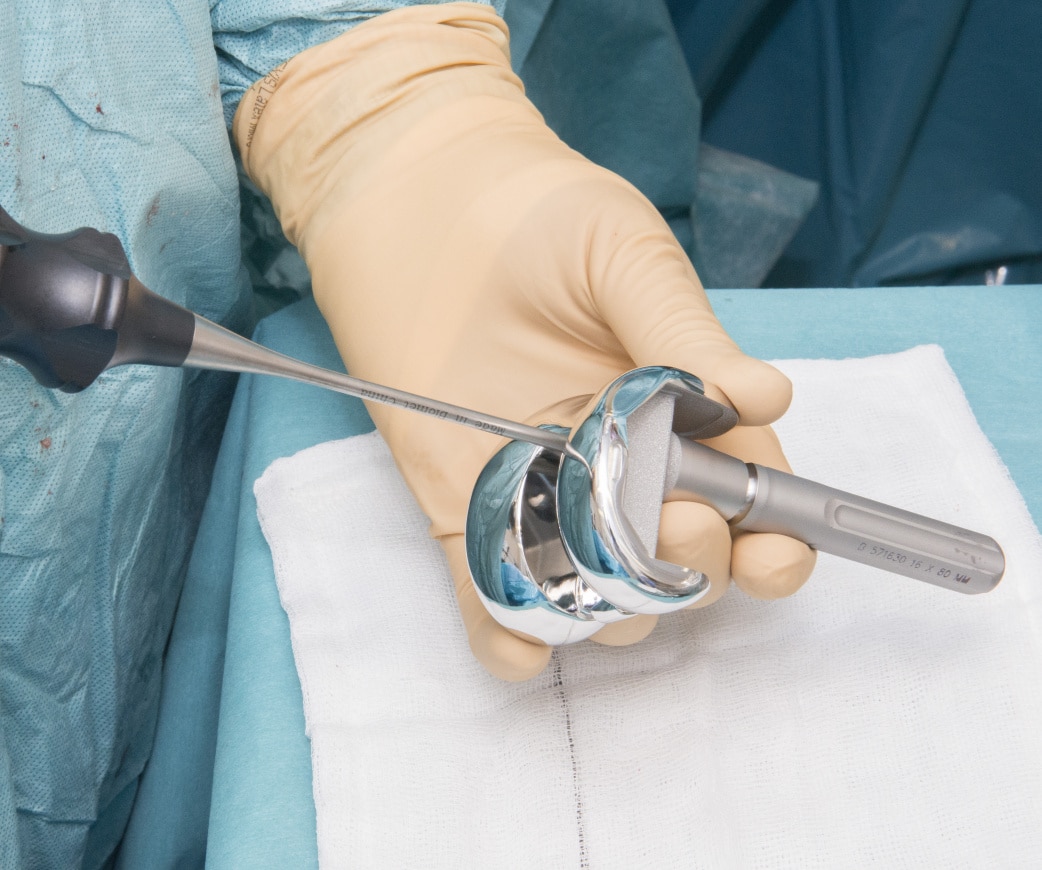Knee replacement surgery, alternatively known as knee arthroplasty or knee resurfacing, stands as a surgical solution that has brought relief and enhanced mobility to numerous individuals grappling with knee pain and limited joint function. In this article, we delve into the intricacies of knee replacement surgery, encompassing its purpose, eligible candidates, various approaches, and potential associated risks.
Understanding Knee Replacement and Its Significance
Knee replacement, categorized under arthroplasty, encompasses the surgical reconstruction and substitution of a deteriorated knee joint with artificial components or prosthetic materials. When the protective cartilage within the knee deteriorates, it can result in bone-on-bone contact, leading to discomfort, rigidity, and diminished mobility. The primary objective of knee replacement is to alleviate these issues and reinstate normal joint function.
Why Opt for Knee Replacement Surgery?
There are three primary motivations for individuals to undergo knee replacement surgery:
- Osteoarthritis: This type of age-related arthritis stems from the gradual wear and tear of the knee joint’s cartilage. Osteoarthritis predominantly affects individuals aged 50 and older, though it can also afflict younger populations. As time progresses, cartilage degradation culminates in bone-to-bone contact, heightened friction, and pain.
- Rheumatoid Arthritis: Inflammatory arthritis, including rheumatoid arthritis, triggers joint inflammation and cartilage degradation, resulting in pain and stiffness.
- Post-Traumatic Arthritis: This form of arthritis arises from severe knee injuries, such as fractures or ligament tears, which can compromise the knee’s cartilage.
Who Could Benefit from Knee Replacement?
Knee replacement surgery is a suitable option for individuals facing:
– Severe knee pain or stiffness that impedes daily activities like walking, stair climbing, or rising from a chair.
– Persistent knee discomfort, even during periods of rest or sleep.
– Prolonged knee inflammation and swelling unresponsive to conservative treatments.
– Noticeable knee deformities.
If alternative treatments prove ineffective, surgery may emerge as the most prudent course of action.
Varieties of Knee Replacement Surgery
Knee replacement can be either total or partial:
- Total Knee Replacement (TKR): This procedure entails the replacement of both sides of the knee joint and is the most prevalent approach. While it delivers pain relief and enhanced mobility, it may lead to some scar tissue formation. Knee replacement cost in India typically falls within the range of 3 to 4 lakh rupees.
- Partial Knee Replacement (PKR): In PKR, only one facet of the knee joint is replaced, making it a suitable choice for individuals with damage confined to a specific area of the knee. PKR offers advantages like shorter recovery periods, reduced blood loss, and a greater likelihood of restoring natural joint movement. Partial knee replacement cost in India typically varies between 1.5 to 2 lakh rupees.
Preparation for the Surgical Procedure
Knee replacement surgery mandates thorough pre-operative preparations, including medical consultations, physical assessments, and diagnostic examinations. These preparations typically commence approximately one month before the scheduled surgery date and may encompass blood tests, clotting assessments, electrocardiograms (ECGs), and urine analysis. The surgery is typically conducted under the influence of general, spinal, or epidural anesthesia.
During the surgical procedure, the orthopedic surgeon removes deteriorated cartilage and bone, substituting them with metallic, plastic, or composite implants to restore knee alignment and functionality.
Potential Risks and Complications
Although knee replacement surgery generally boasts low complication rates, potential issues encompass infection, blood clot formation, fractures, nerve damage, persistent pain or rigidity, and allergic reactions to bone cement. Immediate medical attention should be sought if symptoms of infection or blood clots manifest.
In some instances, supplementary surgery may be necessitated, such as addressing implant loosening, infections, or injuries.
In conclusion, knee replacement surgery represents a well-established intervention offering relief and improved joint function to individuals grappling with debilitating knee conditions. It has evolved into a routine procedure, boasting high success rates and enduring benefits for the majority of patients. As is the case with any surgical endeavor, risks exist, but meticulous pre-operative assessment, post-operative rehabilitation, and adherence to medical guidance can mitigate these risks and assist individuals in reclaiming their mobility and quality of life.”

